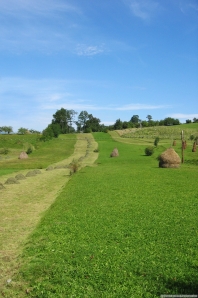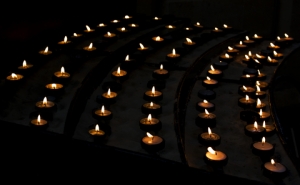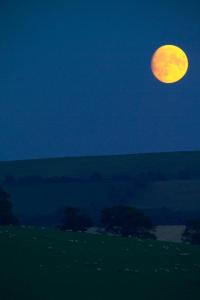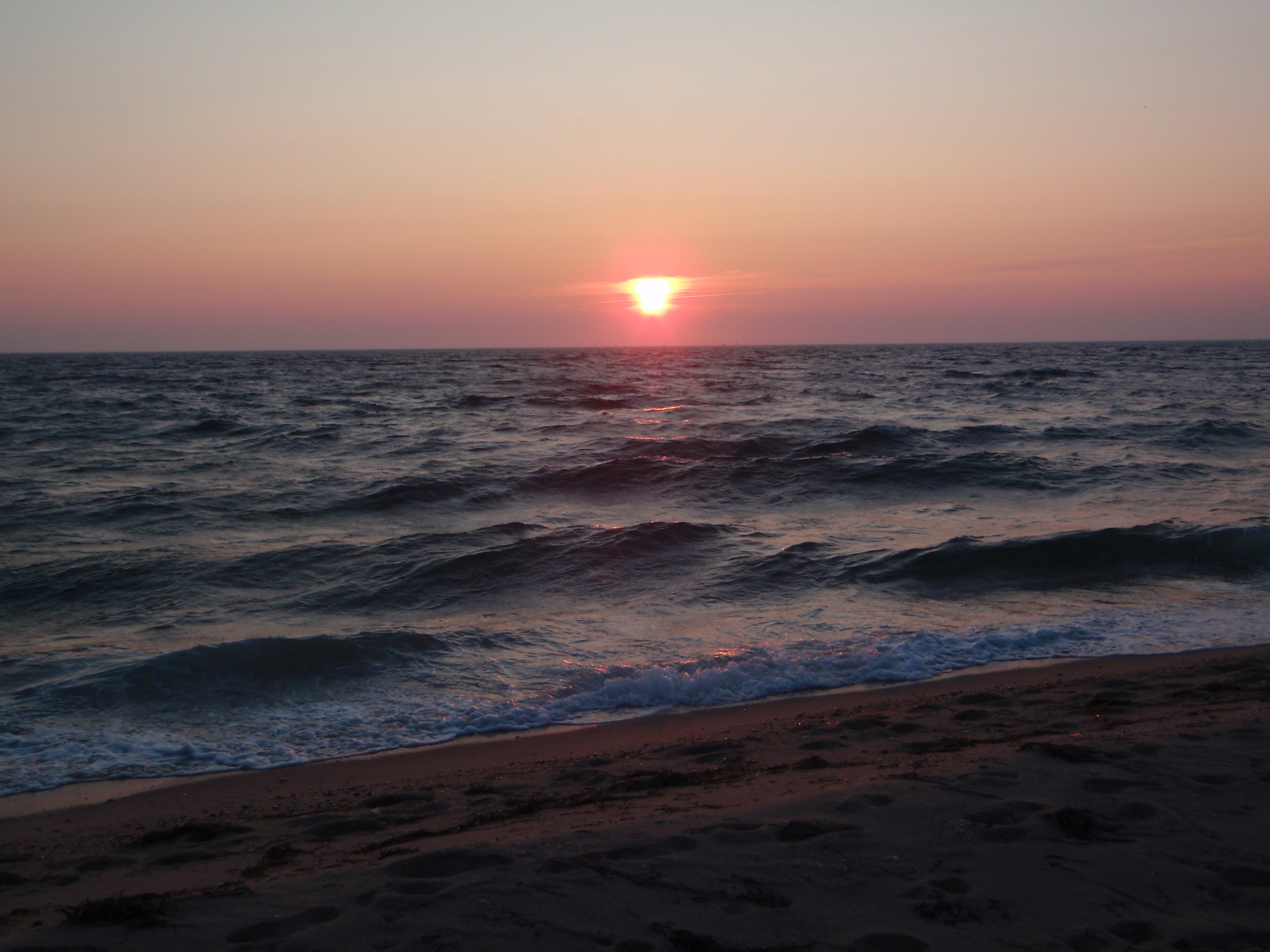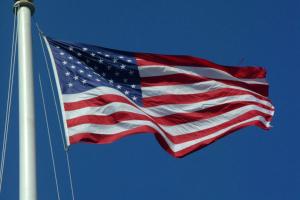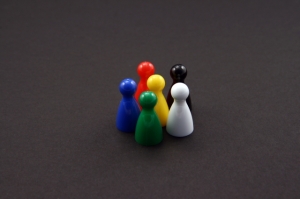PUTTING YOUR STORY DOWN
For some time now, my three children (20-somethings) share this little mantra with me, often accompanied by a big grin. It goes like this: “Just do you, Mom!”
Whether that means wearing a funky flowered hat, leading a guided meditation on the quad of a local campus, or making friends in line at the RMV, I find this call to just be myself a lovely affirmation every time I hear it.
I believe their call to me is an echo back from my daily attempts to encourage their discoveries about themselves ever since they began that discernment process. Of course, like all of us, they have shifted and morphed as they “tried on” various versions of jock, artist, rock star, philanthropist, hipster, and general badass. Some they have tossed out of hand. While others have become integral pieces of who they are.
And of course, like all of us, they have suffered. There have been grave losses, illness, dark times, and broken dreams. Yet, I have seen these unwanted crucibles, time and again, transform them and others in miraculous ways to live life fully present. There seems to be no profound personal or spiritual advancement without them.
However, these are the places where we can get stuck.
The journey of who we are and why we are is a life-long one. The task is made more difficult when we hold on to identities about ourselves that don’t tell the whole story.
Often, in my classes, when I ask people what they would like us to know about them, their first identifier may be, “I am a recovering alcoholic” or “I am a survivor of abuse.” These are hugely important facts. It is vital to share these parts of ourselves. They demonstrate strength, resilience, and a tenacity to rise above. They are living proof to yourself and others that you have been through the worst and have come out the other side.
These experiences help to shape us, AND THEY ARE NOT US. Each of us is much more than even the sum of all our stories.
Clinging to your personal history as it is you, is still living in the past. 
Transforming your past into a happier today includes sharing your experiences with others, whether they be hard tales of abuse, addiction, neglect, or poverty. Both speaker and listener heal, grow, and connect deeply with one other.
Embracing your past from this perspective, you can honor and accept where you have been, utilizing it in the present where need be. But releasing the attachment to these stories. They will not disappear. Nothing gets lost.
Just doing you is a call to the present…
In fact, this release allows us to live in the only time there is: now.
There is no need to put labels on who we are. Living unencumbered by our own or other’s definition of who we are: we see things with fresh eyes.
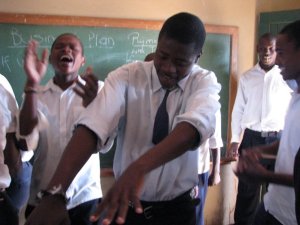 “Just do you” is the vibrancy of noticing what’s around you right now: a smooth pottery coffee mug, cloud formations or rain at the windows. People and creatures, landscape and cityscape, offering themselves for enjoyment. The authentic you arises naturally from this place.
“Just do you” is the vibrancy of noticing what’s around you right now: a smooth pottery coffee mug, cloud formations or rain at the windows. People and creatures, landscape and cityscape, offering themselves for enjoyment. The authentic you arises naturally from this place.
There is a lightness and rightness about being you in this moment.


